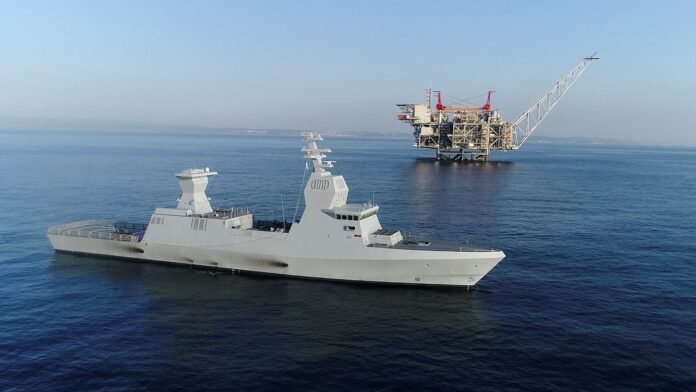Brent crude prices pared gains from the previous session and fell nearly $2 on Friday after the White House delayed a decision on U.S. involvement in the Israel-Iran conflict, but they were still poised for a third straight week in the black.
Ilan Rosenberg | Reuters
Crude oil futures fell 5% on Tuesday after President Donald Trump said China can continue to buy oil from Iran, a sign that the U.S. may ease its maximum pressure campaign on the Islamic Republic in the wake of a ceasefire agreement with Israel.
Global benchmark Brent fell $3.45, or 4.83%, to $68.03 per barrel. U.S. crude oil was last down $3.37, or 4.92%, to $65.14 per barrel.
“China can now continue to purchase Oil from Iran,” Trump said in a post on his social media platform Truth Social. “Hopefully, they will be purchasing plenty from the U.S., also. It was my Great Honor to make this happen!”
The president threatened in May to ban any country that buys Iranian oil from doing business with the U.S. China purchases the vast majority of Iran’s oil exports.
Oil prices have tumbled to levels last seen before Israel started bombing Iran on June 13, as investors dismiss the risk of a major supply disruption in the Middle East.
The U.S. decision to join Israel’s campaign and bomb three key nuclear sites in Iran over the weekend initially triggered fears that Tehran might target regional energy supplies in retaliation and spike oil prices.
Instead, Tehran launched missiles at a U.S. airbase in Qatar that left no casualties, providing an offramp from further escalation. Trump announced a ceasefire agreement between Israel and Iran shortly after the missile strike on the U.S. base.
But the ceasefire hovered on the brink of collapse early Monday as Trump accused Iran and Israel of violating the agreement shortly after it went into effect.
At risk throughout the conflict were oil supplies in Iran — which produced 3.3 million barrels per day in May, according to OPEC’s monthly oil market report released in June, which cites independent analyst sources — and the broader Middle East region, if the conflict spilled over.
Throughout the hostilities, investors also watched whether Iran would proceed with closing the Strait of Hormuz linking the Persian Gulf and the Gulf of Oman — a key route for Iranian and other Middle Eastern shipments, including those of the world’s largest crude exporter Saudi Arabia, and the United Arab Emirates, Iraq, Kuwait and Bahrain.
Iran’s parliament on Sunday approved the closure of the Strait of Hormuz, according to a report from Iran’s state-owned Press TV that CNBC could not independently verify, though a final decision rested with the country’s national security council.
“The potential closure of Strait of Hormuz remains a tail risk in our view, but we maintain that oil prices would race past $100/b in such a scenario, due to limited avenues to bypass the narrow passage and the constraints it would pose to the marketability of spare capacity,” Barclays analysts said in a Tuesday note, just as Trump announced a tentative ceasefire.
They further added that oil prices came under pressure “as the threat of wider regional conflagration did not materialize despite the US action against Iranian nuclear sites.”
Amid risk to supply, the International Energy Agency previously reassured it had 1.2 billion barrels of emergency stockpiles it could resort to. As part of a strategy decided prior to the Iran-Israel escalations, some producers from the influential OPEC+ alliance have also been raising output and have additional spare volumes that could be brought online.



